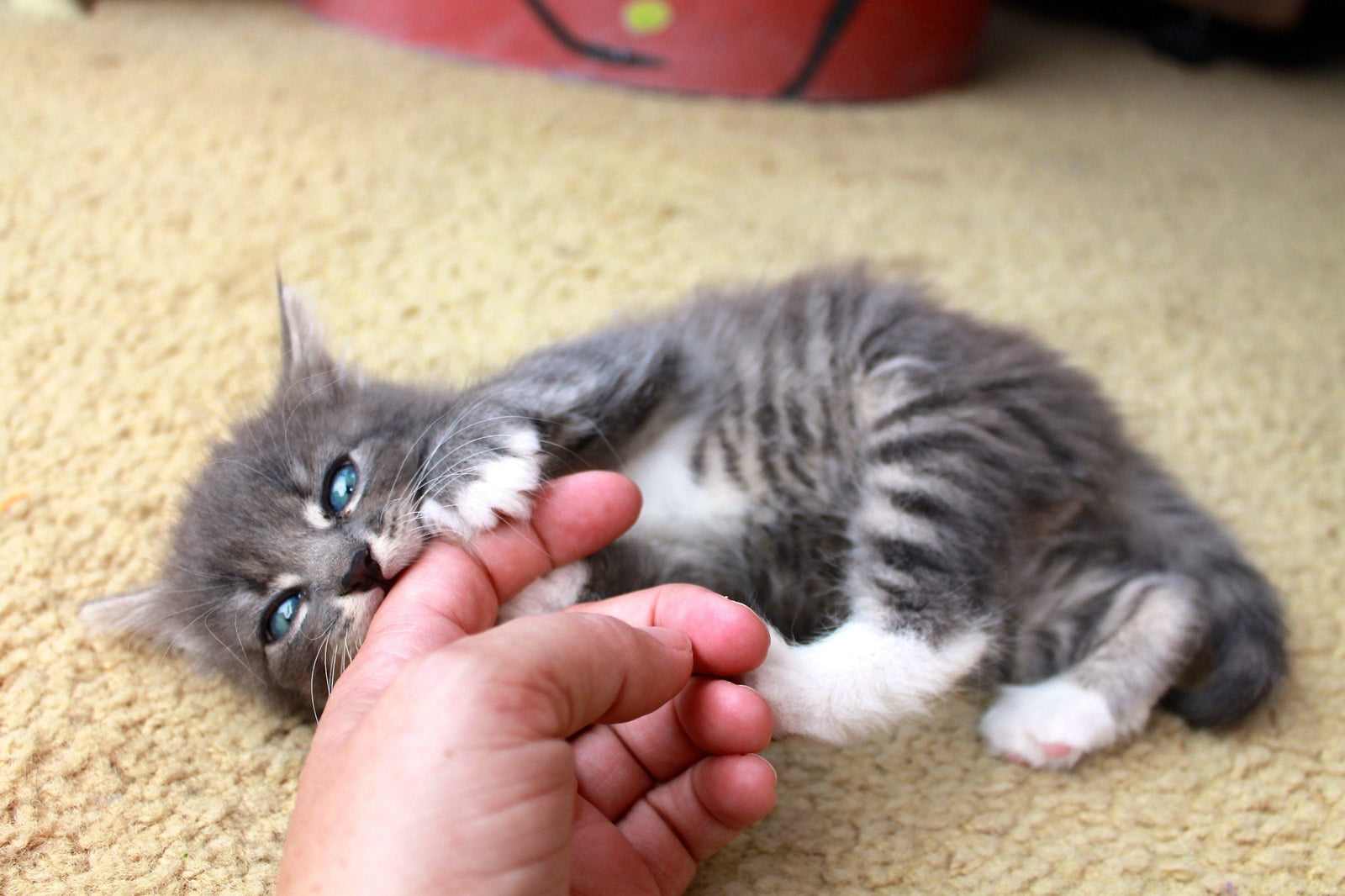
Cat Scratch Disease Is Real

A cat scratch can be anything from a barely-there mark on the surface of your skin to a deep gouge from a cat’s nail, requiring medical attention. Why are cat scratches especially dangerous if they break the skin?
Besides the scratch providing an opening for germs to enter your body, cats sometimes can be an infected cat carrying a bacterium called Bartonella henselae, even though most of them don't actually show signs of the infectious disease or other common cat diseases, such as fatigue or loss of appetite.There are many illnesses that can help answer the common questions of “why would a cat stop eating?” or “why is my cat so exhausted?” However, the presence of this Bartonella bacteria does not contribute to such symptoms.
When an infected cat scratches you, there is a chance that some bacterium of the Bartonella infection could enter your bloodstream, potentially causing flu-like symptoms, swollen lymph nodes near the puncture wound,cat scratchfever, headache, sore throat and more.
How to Prevent Cat Scratches
If you own or are near cats often, you'll probably be scratched at least once due toaggression in cats. To help limit contact andcomplications between you and a cat’s claws (and the resulting damage), try the following:
- Observe the cat's mood. If it seems irritated or angry, don't attempt to pet the animal.
- Engage in gentle play. If your young kitten or adult cat tends to play rough anyway, consider wearing gloves and long sleeves.
- When playing, opt for toys you can use from a distance, such as a laser pointer or a feather toy.
- Keep your cat's claws trimmed (but see below for a special note about declawing).
How to Treat Cat Scratches
-
So Fluffy got too close and you got clawed by the cat’s nail. It happens sometimes. Follow these steps to get yourself on the mend. This will help youavoid a bacterial infection and the flu like symptoms that follow:
-
Assess the puncture wound. If it's a mild scratch, washing it with soap and water should suffice treatment. If necessary, a clean, dry gauze pad can be held to the wound until it stops bleeding.
-
Apply an over-the-counter antibiotics or treatmentcream to the wound, over with a dry, clean bandage, and allow to heal. Keep an eye out for unusual swelling, redness, soreness, and other signs ofBartonellainfection.
-
Pay close attention to wounds on the hands and feet. They come into contact with more surfaces than other areas of the skin, so wounds here are prone to higher rates of infection and may require a stronger antibiotics.
-
Likewise, if the person scratched is very young, elderly, and/or has a weakened immune system, monitor the wound closely to head off bacterial infection.
-
If a cat scratches your eye, seek immediate medical attention.
Declawing Solves Cat Scratching Behavior, Right? Wrong.



Follow Us